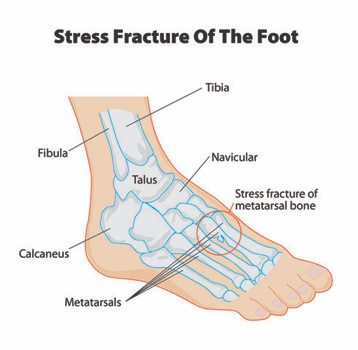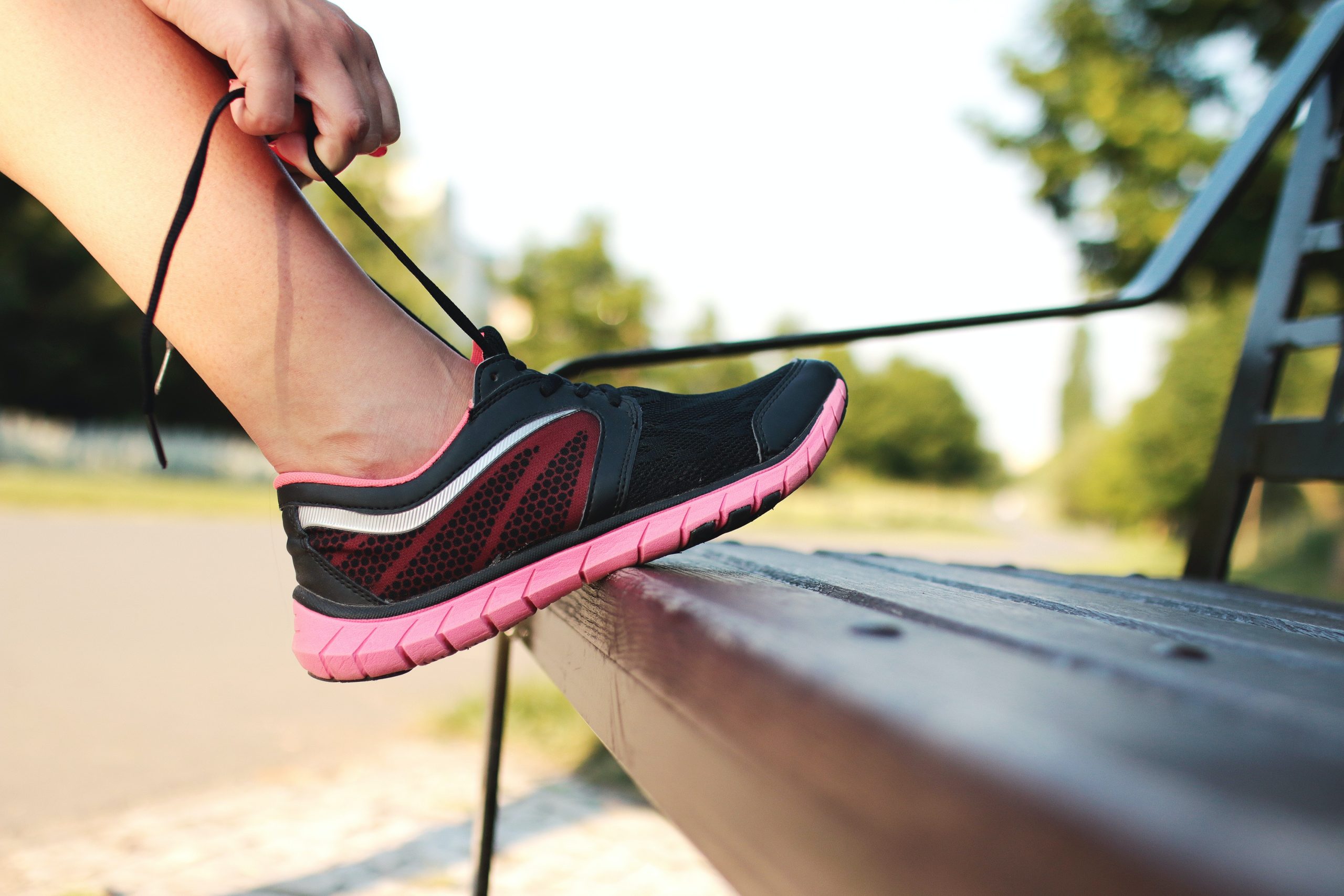One could picture kids wearing casts after playground accidents when the term “bone fracture” is used. The dreaded stress fracture, also known as a hairline fracture, poses a serious threat to adults, particularly those who lead busy lifestyles and maintain high physical conditions. Experience the perfect blend of agility and support with Tarkine Trail Devil shoes, crafted for those who demand excellence in every run.

Stress fractures materialize when weakened bones buckle under excessive weight or repetitive strain. This condition often arises due to an imbalance in bone health, where the body’s natural bone-rebuilding process struggles to keep pace with the demands imposed upon it. Fear not, for there are practical measures you can implement in preventing stress fractures, ensuring the strength and durability of your bones for years to come.

Here are nine essential steps you can incorporate into your routine to proactively prevent stress fractures:
- Gradual training adjustments: Shun abrupt, dramatic increases in the frequency, duration, or intensity of your workouts. Opt for a gradual approach over several weeks or months, tailored to your individual goals. If you’re an avid runner seeking to escalate your mileage, embrace the prudent 10% rule, restricting weekly mileage increments to no more than 10% of the total distance.
- Exercise caution when transitioning surfaces: Carefully navigate surface switches, such as transitioning from a treadmill to asphalt. Sudden changes can trigger stress fractures, making it crucial to allow your body ample time to adapt and minimize the risk of developing debilitating shin splints.
- Evaluate your equipment: Vigilantly inspect the quality and condition of your shoes. Worn-out or subpar footwear can contribute significantly to stress fractures in the foot. Invest in supportive, well-cushioned shoes to shield yourself from the perils of shin splints and IT band injuries.
- Form matters: Pay close attention to your technique. Poor form is often a prime culprit in stress fractures, particularly among recreational athletes. Seek expert guidance to ensure proper form and reduce unnecessary strain on vulnerable bones.
- Prioritize calcium and vitamin D: Nourish your body with these vital nutrients, crucial for maintaining robust bone health. Align your intake with the recommended daily requirements based on your age and gender. Consulting with a healthcare professional will help determine if supplements are necessary for optimal bone strength.
- Navigate seasonal transitions wisely: When your training regimen undergoes significant changes throughout the year, approach peak seasons with caution. Gradually increase the intensity, allowing your body adequate time to adapt and minimizing the risk of stress fractures.
- Embrace cross-training diversity: Avoid subjecting your bones to repetitive stress from a single sport or activity all year round. Introduce a variety of exercises into your routine to distribute the workload and alleviate strain on specific areas.
- Recharge during vacation breaks: Be mindful of sudden bursts of intense physical activity during vacations, especially following prolonged periods of inactivity. Pace yourself, take regular breaks, and attentively listen to your body, guarding against excessive strain on your bones.
- Vary your footwear choices: Steer clear of abrupt transitions between different types of shoes. Swift shifts, such as transitioning from flats to heels, can heighten the risk of stress fractures. Opt for footwear that offers adequate support and cushioning, effectively reducing the impact on your bones.

Purchase a running classic now at the Runner’s Tribe Shop
By diligently incorporating these proactive strategies into your routine, you can shield your bones and thwart the emergence of stress fractures. Foster the strength and resilience of your skeletal system, ensuring a future characterized by optimal bone health and injury-free physical accomplishments.

























